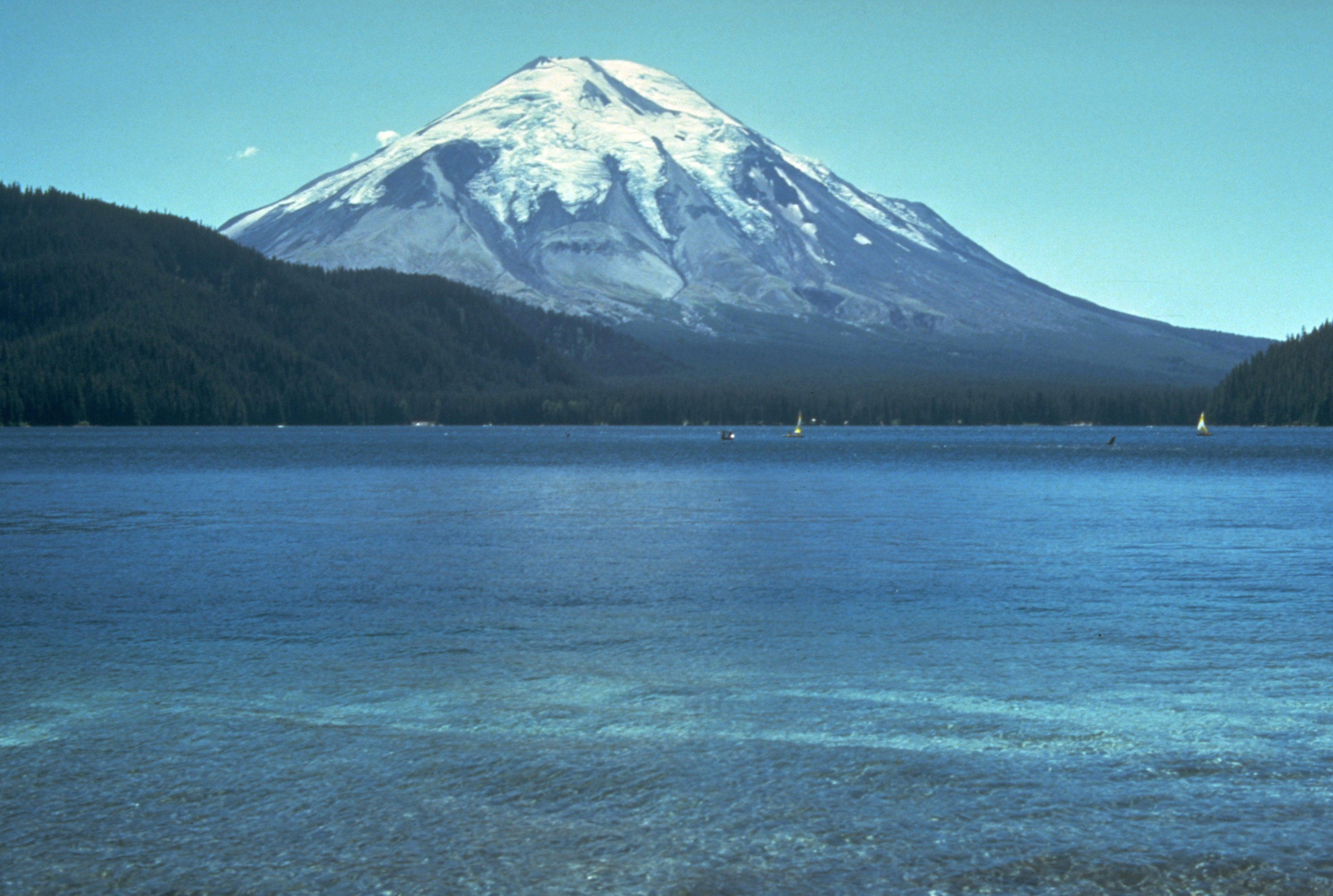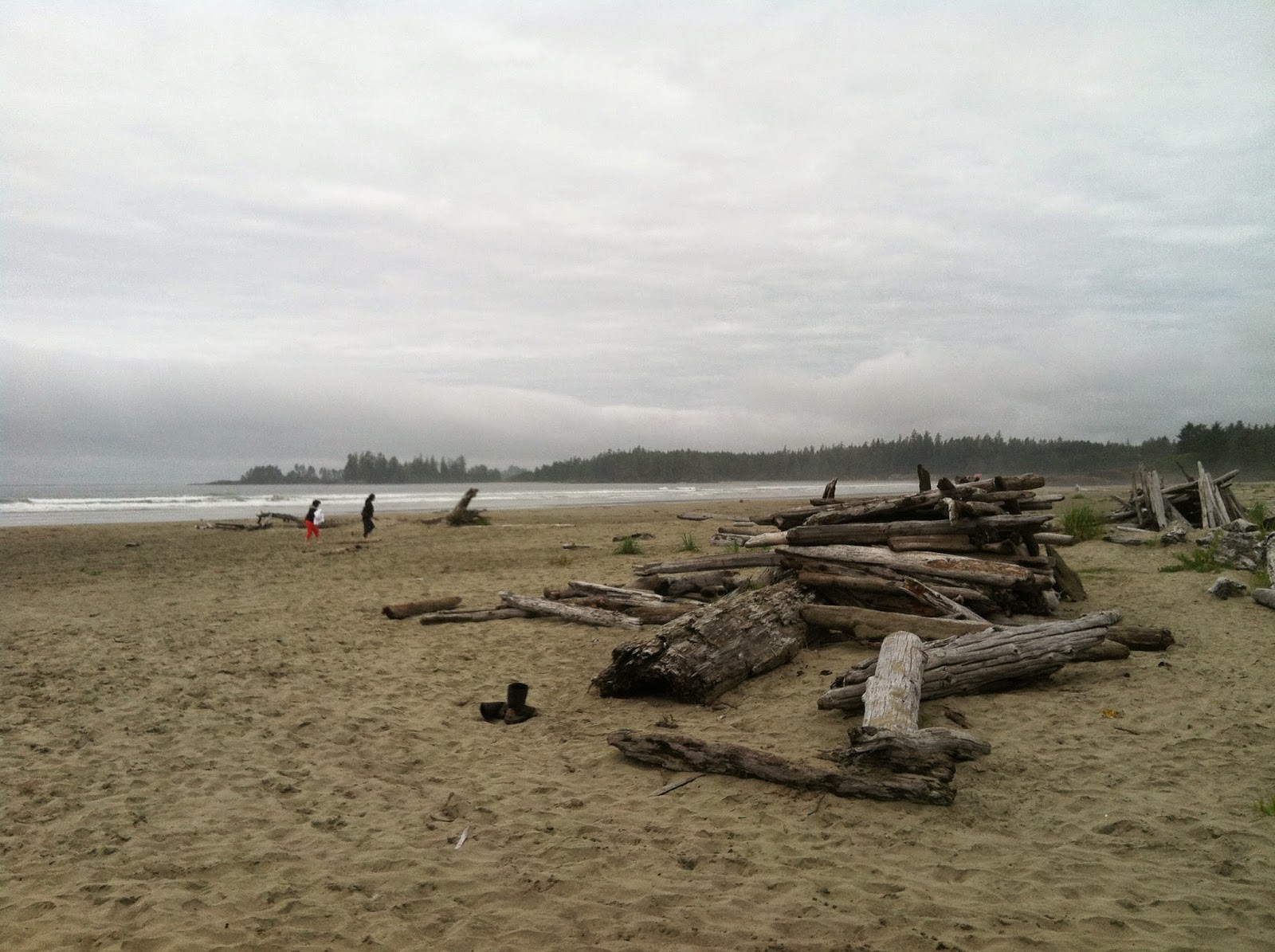This is the marina/RV park where we are staying in one of our favorite places, Port Townsend, Washington. This is now a charming tourist town, transformed from being a "hippy town" back in 1995 when we first visited here (some of the old hippies are still visible on the streets), and transformed before that from being a major coastal port back in the late 1800s. The longer-time residents of the place are not very happy with the touristy transformation and even less with retirees choosing to move here in recent years. One long-time resident (here for over 30 years) expressed to Barbara, a little rudely, that she hoped that prospective retiree would
not come here to live. She said they tried to change the place too much, cutting down trees to build their houses and clamoring for a Walmart to move in. So far they seem to have held off the big box chains. The town is on the National Historic Registry.
.JPG)
Rowing seems to be an attraction for a lot of residents. We watched boaters nearby haul their boats to the water's edge, gingerly insert their long oars, and in very orderly and careful fashion climb in to row away. The participants were young and old, athletic and seemingly out of shape, too!
This is the marina that we faced in our motor home, just as the sun is coming up. We walked along here every morning early with our coffee. Several mornings it was very foggy, and one morning we watched several sea otters climb onto the docks, play a little, groom each other a little, climb onto a couple of boats and the plop back into the water to find some breakfast.
Sequim, Washington, July 27-August 3
Below is a photo of a beautiful weeping willow in our RV park, sitting right in front of our motor home, which suddenly split in two and fell onto the road while Harold watched open-mouthed! (That's Harold in the red shorts, talking with neighbors in the aftermath.) The good news is that neither people nor RVs nor cars were touched. What luck.
Nearby Sequim (pronounced by locals as "Skwim") was very near Olympic National Park, very beautiful, mainly remote and inaccessible mountains covered by old evergreen forests. Hard to capture a feel of the place with photos.
Off in the distance is Mount Hood, then the Strait of Juan de Fuca, then the town of Sequim, seen from the Hurricane Ridge parkway into the Olympic National Park.
Flattery Point, Washington
Farthest western point of both the state of Washington and the United States.
The day we were here it was foggy right on the point, just enough to make it moody and mysterious. Spectacular views.
The above was on the Strait of Juan de Fuca side of the point. Note the lack of fog. The fog was on the Pacific side.
It was a great hiking path out to the point. Note the rough wooden slabs that Harold is walking on (Pepe on his back.)
Barbara at an overlook point along the path.
Another Pacific, foggy view.
Nanaimo, Vancouver Island, July 13-27
Here we stayed at the Living Forest RV Park, a beautiful park overlooking the bay between Vancouver Island and Vancouver itself.
Above is the view from our motor home. It was a great site and a beautiful view. From here we watched the tide come in and out. When it was out, the water you see here was mainly mud flats. In the middle distance just beyond the trees you can see floating rafts of cut logs. Logging and the export of wood is the main industry on Vancouver Island.
Nanaimo has many traditions, among them the firing of the cannon every day at noon on a downtown plaza overlooking their port, accompanied by a bagpiper.
While in Nanaimo, they celebrated the Bathtub Races Festival, including this parade. Unfortunately we didn't get to see the bathtub race itself. Below is one of the bathtub boats which was to be racing the next day.
.JPG)
Harold and Pepe on a walk along the wharf in Nanaimo.
The marina downtown Nanaimo.
Tofino and the Pacific Rim National Park, Vancouver Island
The Pacific Rim National Park is on the Western side of Vancouver Island, on the Pacific. It is known for spectacular shoreline views and world-class surfing.
This old boat offshore from the small town of Tofino, just outside the park, was salvaged by an islander and turned into his home, attached to the island alongside, which was also owned by the same family.
Huge, near-empty beaches were typical of the park. It was overcast and somewhat rainy the two days we were there.
Here is a surfer contemplating the surf, getting ready to launch one late afternoon. The surfers as a group were really good.
As a side story, we struck up an conversation on this beach with a friendly young man who, it turned out, was experiencing just his second day of surfing. His story was that he was traveling across the country, "couch surfing" - that is, sleeping on the couch of anyone who would offer him a place to stay for the night. He found these people by going to Craig's list online. He was also driving a car he had personally converted to drive using used cooking oil. He said he just stopped by restaurants in the towns he passed through and asked them for any used cooking oil they were throwing out, then poured it directly into his tank after straining it! So far, he had traveled all the way from North Carolina (on his way to a seasonal job in Alaska) without spending a dime for fuel! It's a different world for adventurous young people out there these days.
P.S. The young man wasn't an irresponsible drifter. He had just left a career as a mechanical engineer with a plan to start up an organic farm with his parents and brother in North Carolina when he returned from Alaska.
The beaches in the park were surrounded by old-growth forests, which, because of the incredible amount of humidity and wet winds coming off the Pacific, were full of all kinds of mosses that covered the tree trunks and limbs, the forest floor, and any surface left untended for any length of time.
Another scene along the shore.
This young woman, Giselle, was a member of a local Indian tribe who was giving tours to tourists on the cultural aspects of Vancouver Island in general and the Pacific Rim National Park in particular. She was an excellent guide, explaining the history of First Nation tribes in the area, including her own and their close relationship to the land we were seeing. You would have thought, hearing her, that she was a college graduate specializing in natural history or forestry, but in fact she was a high school graduate who had a strong interest and learned everything she knew from tribal elders.
Another scene along the shore of the Park.
Chemainus, Vancouver Island - Town of Murals
Side Trip from Nanaimo
Chemainus is a small town on the Eastern side of Vancouver Island that since 1975 has been commissioning professional artists to paint murals depicting the town's history. There are now over 40 murals on all kinds of buildings all over town, including grocery stores, the post office, private homes, pharmacies, etc. The images below depict only three of the murals. A remarkable town.
Sand Sculptures at Parksville
Just north of where we were staying in Nanaimo, in Parksville, was this Sand Sculpting Competition. These are just three of the 30+ sculptures at the exhibit. Pretty amazing.
Victoria, Pedder Bay RV Resort, and Butchart Gardens, July 8 -13
Famous Empress Hotel downtown Victoria, facing the harbor, where high tea is $50 per person. (No, we didn't have tea here.)
Victoria Harbor
Along the rose garden at Butchart Gardens, a not-to-be-missed attraction near Victoria.
We stayed at Pedder Bay Marina and RV Park about 30 minutes west of Victoria. We went out on a fishing trip with a guide where Harold, with the help of the guide, landed this 6-7-lb. salmon. Mmmm. Great grilling.
View of the Marina at Pedder Bay
When we left Vancouver Island to go to Port Angeles, Washington, we had to spend the night in our motor home on the wharf in Victoria, from which our ferry left the next morning at 6:10 a.m.
Vancouver, July 1 - 8
Vancouver, as a major city, had a lot to offer. Below is an image of the marina at Granville Island, a cool place to visit with nice shops and a wonderful food market.
Barbara and Pepe on a walk around the famous seawall around Stanley Park.
We also visited the Vancouver Museum of Art and the historic Gastown area and rode the Sky Train.
We also did a lovely hike in the Burnaby Cariboo park near our motor home park with this view of the downtown.
.JPG)
.JPG)
.JPG)
.JPG)
.JPG)
.JPG)
.JPG)
.JPG)
.JPG)


.JPG)



.JPG)
.JPG)
.JPG)
.JPG)
.JPG)
.JPG)
.JPG)
.JPG)
.JPG)
.JPG)

.JPG)
.JPG)
.JPG)
.JPG)
.JPG)
.JPG)
.JPG)
.JPG)
.JPG)
.JPG)
.JPG)


.JPG)
.JPG)
.JPG)
.JPG)





















.JPG)
.JPG)
.JPG)
.JPG)